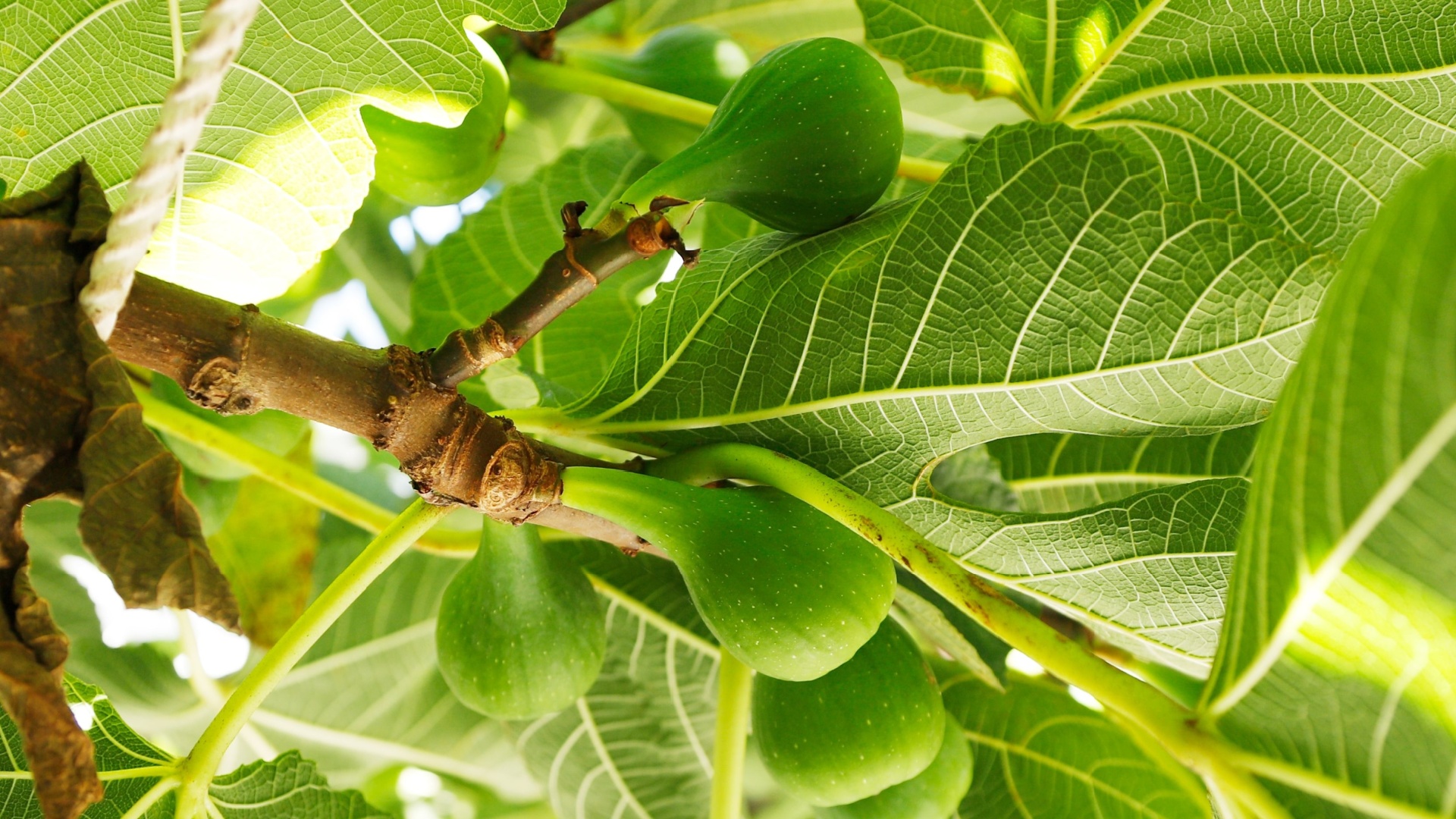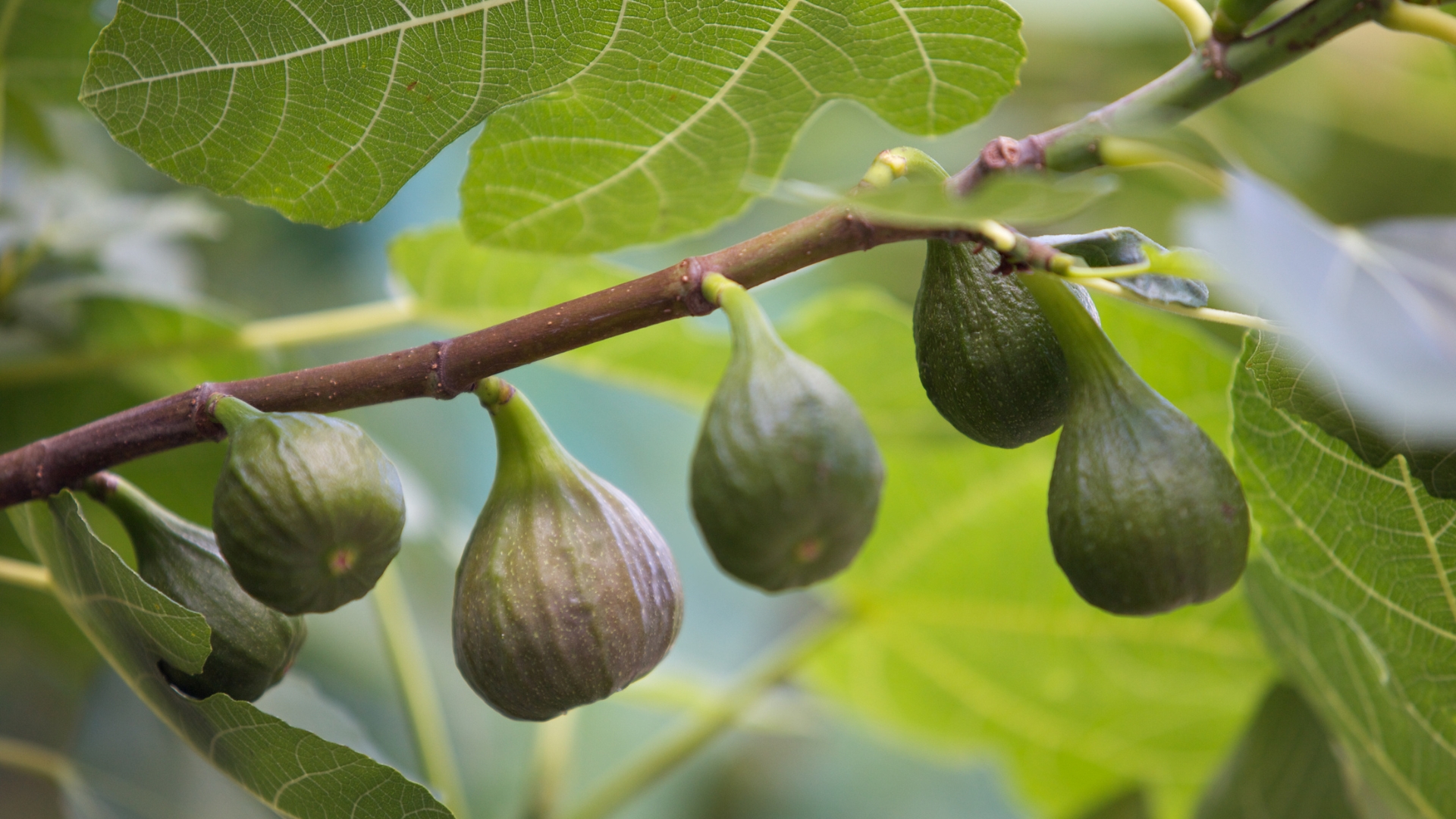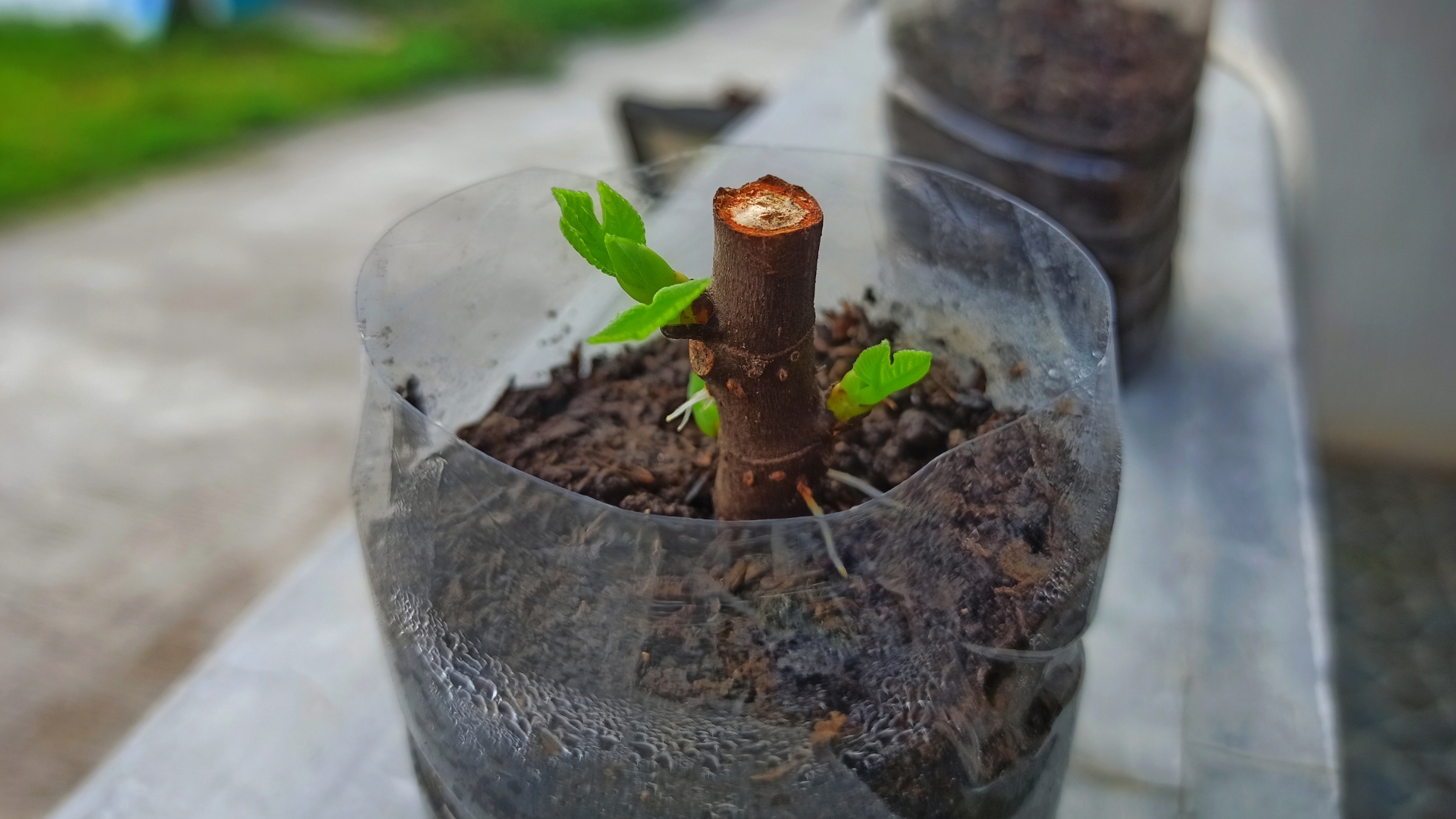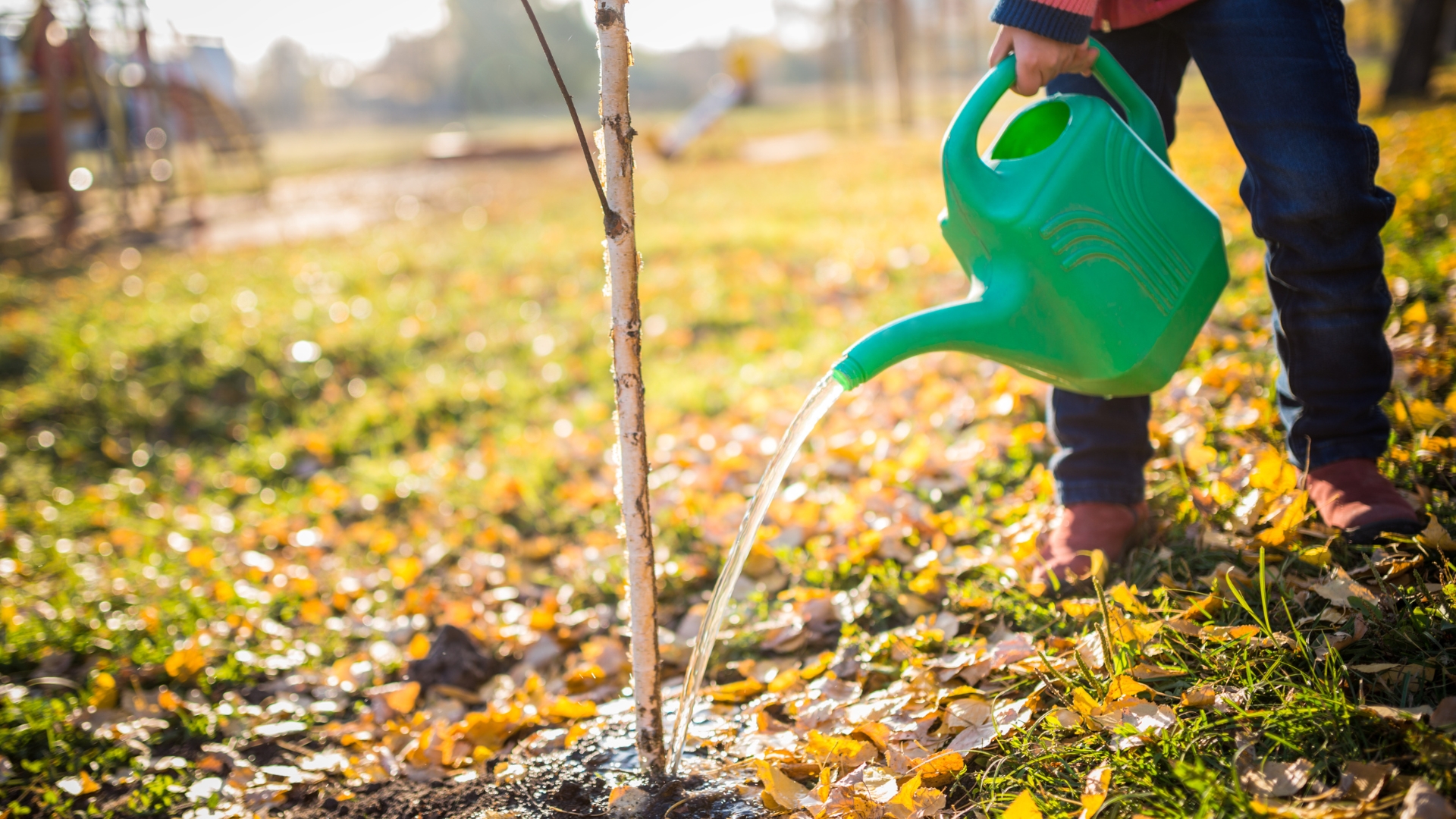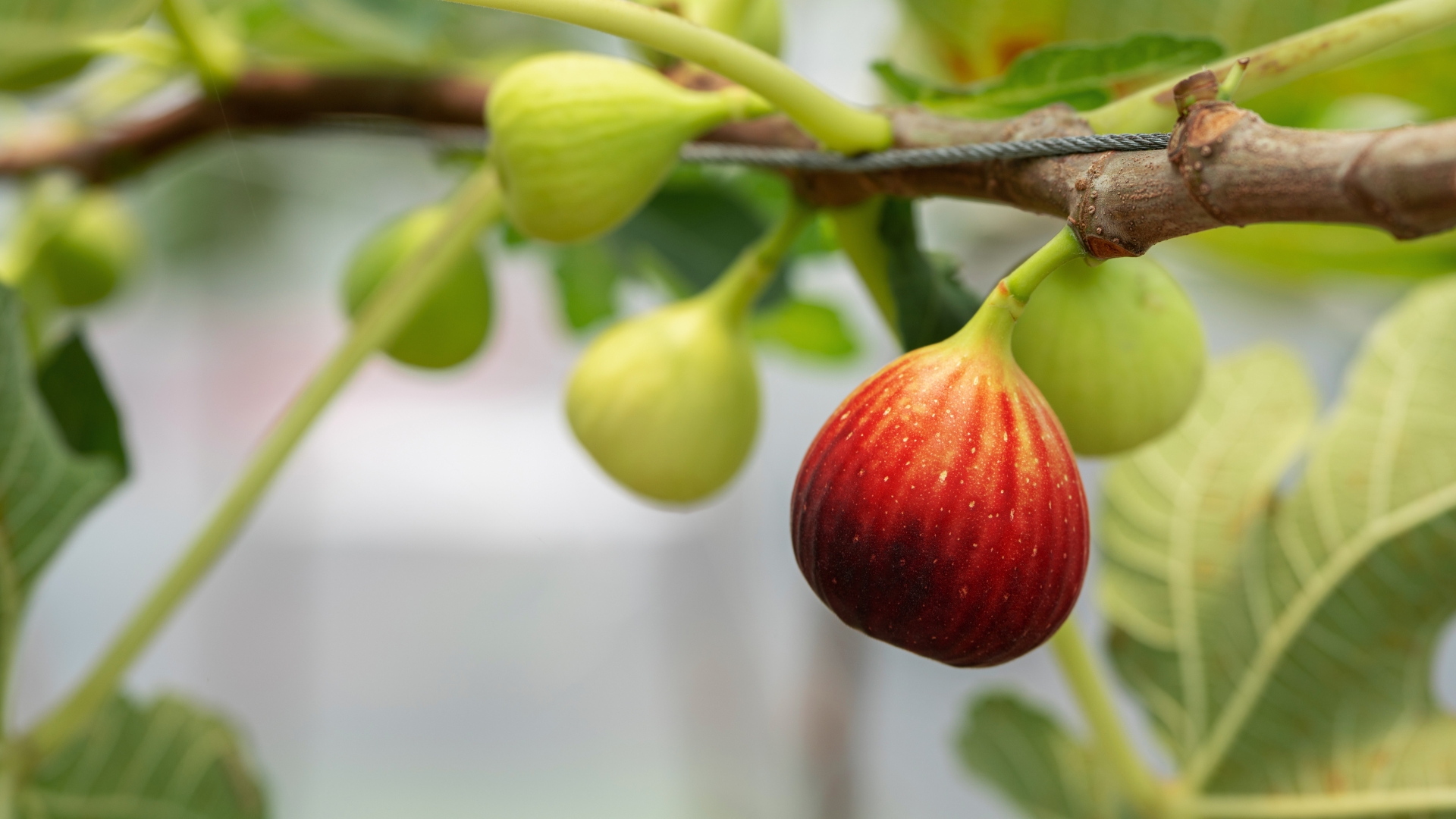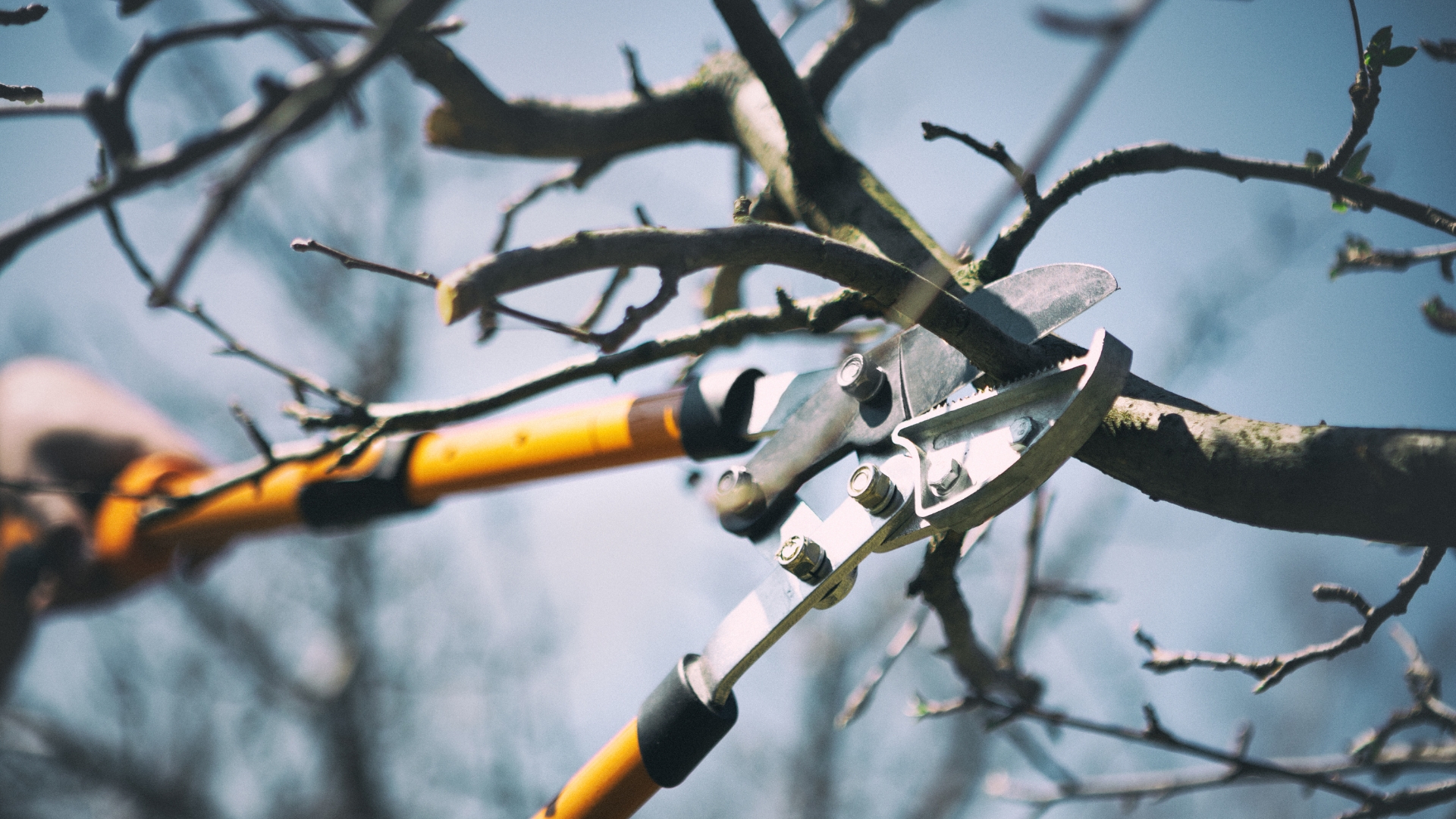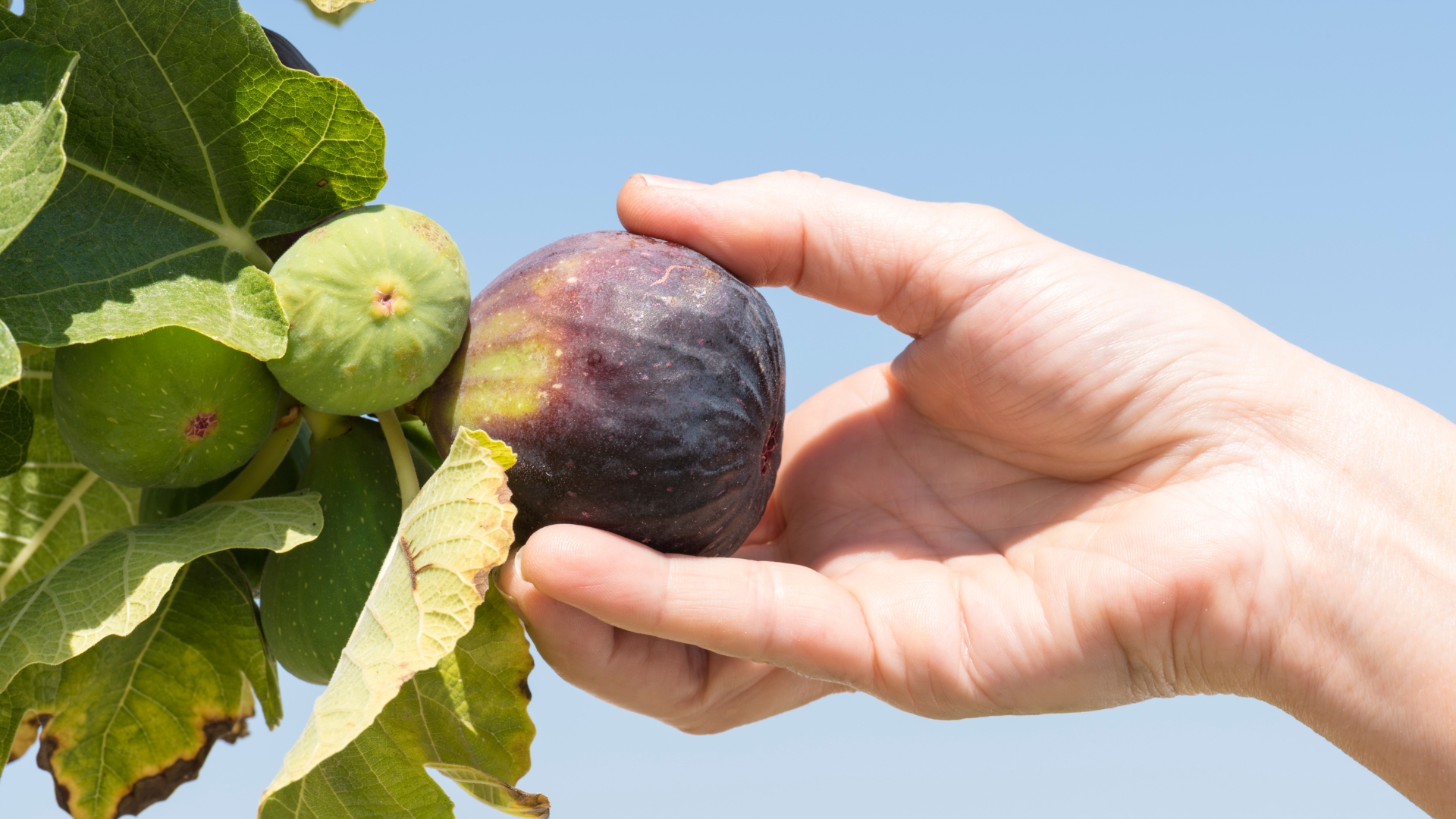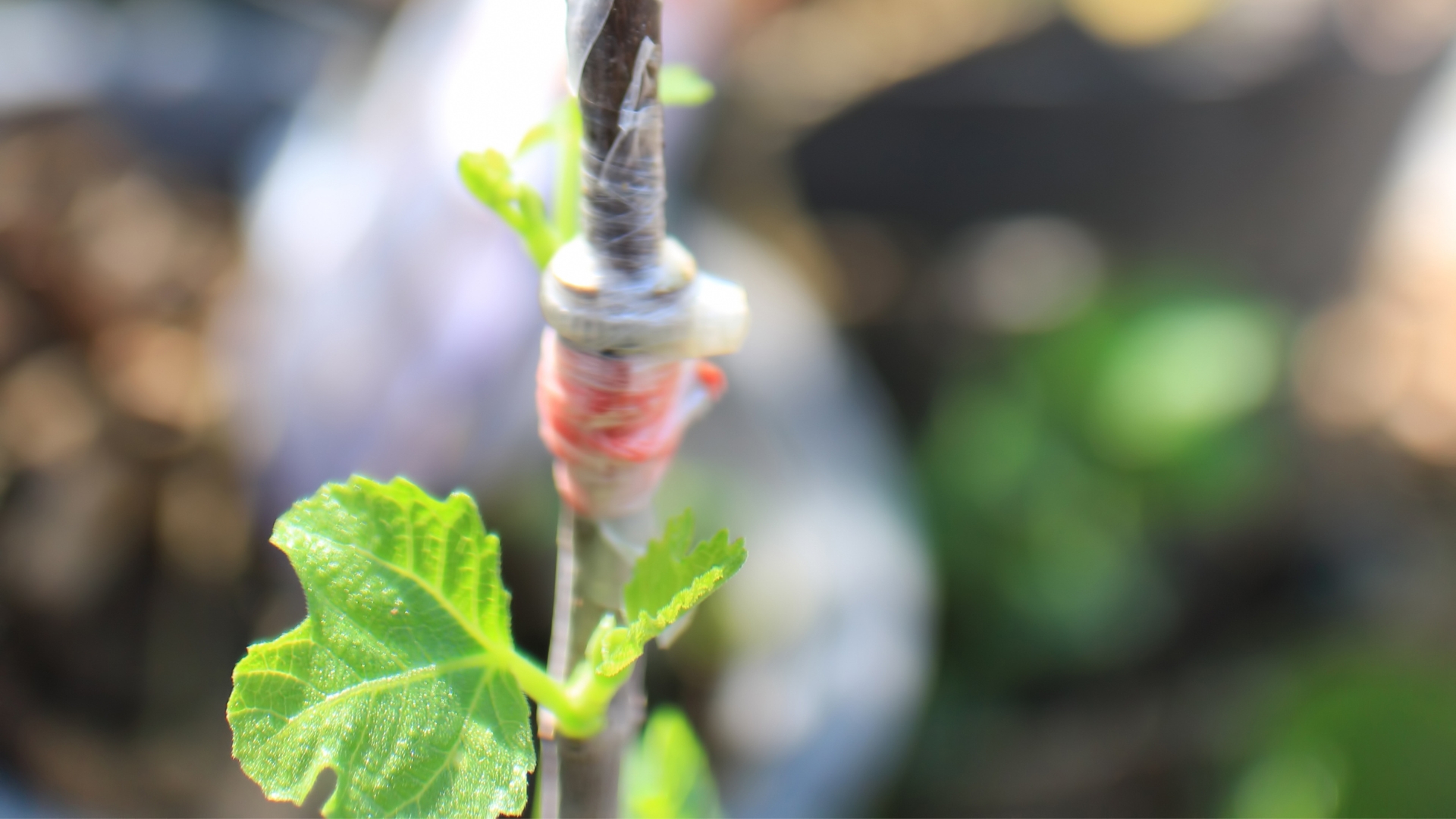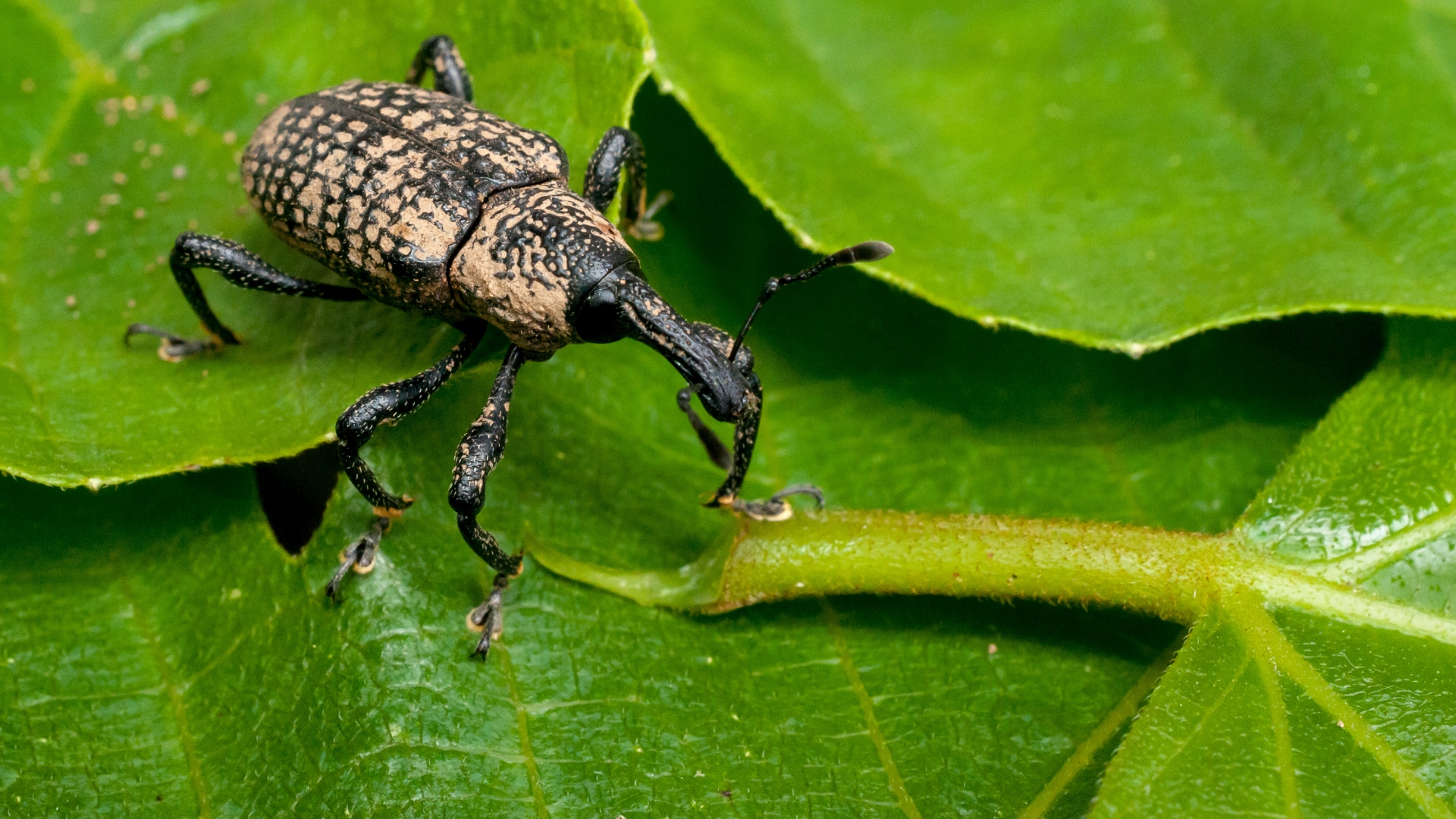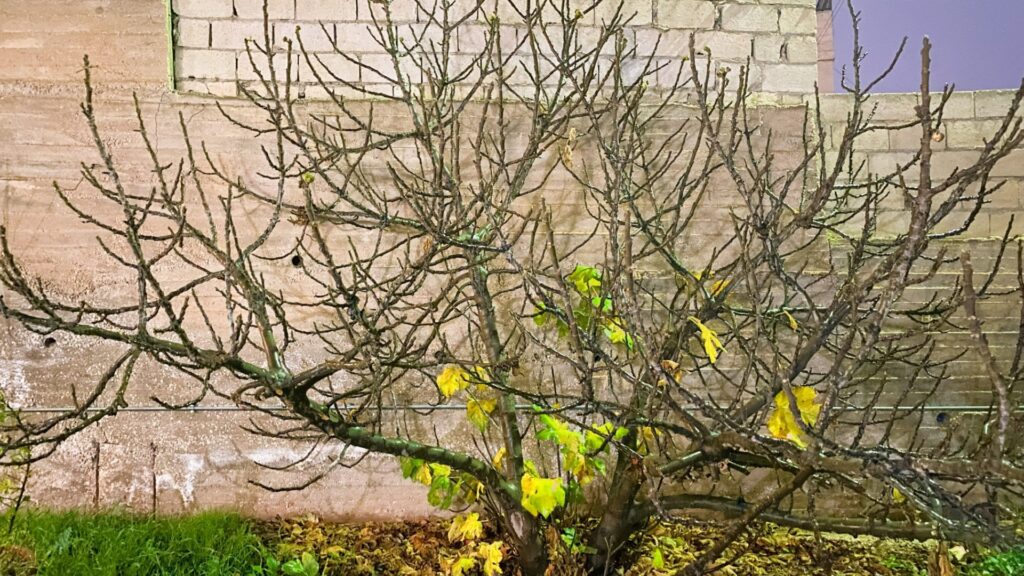Even though some fig varieties are cold-hardy, young trees and those in colder climates still need a little extra care when temperatures drop.
If frost is in the forecast, wrap your tree with burlap or frost cloth, especially the trunk and lower branches. For container-grown figs, simply move the pot to a sheltered spot like a garage or basement until spring returns.
Adding a thick layer of mulch around the base helps insulate the roots and prevent freeze damage. With a bit of protection, your fig tree will bounce back stronger each year—ready to reward you with more sweet, sun-ripened fruit.
First, Select A Variety
Fig trees come in a wide range of flavors, sizes, and climate preferences, so finding the right one makes all the difference.
Some varieties, like ‘Chicago Hardy’, can withstand chilly winters, while others, such as ‘Kadota’, thrive in warm, Mediterranean-like climates. If you live in a colder region, a hardy variety ensures your tree survives and produces fruit year after year.
For those looking for a classic fig with a rich, jam-like flavor, ‘Black Mission’ is a favorite, producing deep purple fruit with a sweet, complex taste.
‘Brown Turkey’ is another reliable option, known for its mild sweetness and ability to adapt to different conditions.
If you prefer a lighter, honey-like flavor, ‘Celeste’ offers small, sugary figs perfect for fresh eating. Considering your local climate and flavor preference will help you select a fig tree that thrives effortlessly in your backyard.
Here’s Where And How To Plant Fig Tree
A sunny spot with well-draining soil is all a fig tree needs to thrive. These trees love soaking up the sun, so pick a location that gets at least six to eight hours of daylight.
If your soil is heavy, mix in compost or plant in a raised bed to keep the roots happy.
When planting, give your tree plenty of room to spread its roots. Dig a hole twice as wide as the root ball, set the tree in, and backfill with soil.
A good watering will help it settle in, and just like that, you’re on your way to fresh figs!
Make Sure To Water It Correctly
Fig trees are tough, but they still need a steady supply of water, especially in the heat.
A deep soak once a week keeps the roots hydrated and prevents fruit from dropping too soon. Overwatering, though, can lead to root rot, so make sure the soil drains well.
If the leaves start to droop, your tree is calling out for a drink.
A layer of mulch around the base will help lock in moisture and keep the roots cool during hot days.
Feed It For More Fruits
A well-fed fig tree is a productive fig tree! While these plants aren’t too demanding, a boost of balanced fertilizer in the spring and summer encourages more fruit and healthier growth.
Organic options like compost or aged manure work wonders, too.
If you notice lots of leaves but little fruit, your tree might be getting too much nitrogen.
Cut back on high-nitrogen fertilizers and focus on phosphorus and potassium to support fruit production.
Prune It For Better Growth
A little pruning of your fig tree goes a long way in keeping it strong and productive. Removing dead or weak branches in late winter helps shape the tree and improve air circulation, reducing the risk of disease.
Keeping the canopy open also makes harvesting easier.
If your tree is growing too tall, don’t be afraid to trim it back – fig trees handle pruning well and bounce back quickly!
It’s Time For Harvest!
The best way to know if a fig is ripe? Give it a gentle squeeze! A perfectly ripe fig feels soft and slightly droopy on the stem. If it’s firm, give it more time – figs don’t ripen after being picked.
Harvesting at the right moment means enjoying the sweetest, juiciest fruit.
Pick them in the morning for the best flavor, and don’t be surprised if you eat a few straight from the tree!
You Can Easily Multiply Your Fig Trees
Want more fig trees without spending a dime? Take a cutting from an existing fig tree, plant it in moist soil, and watch it grow!
Fig trees root easily from cuttings, making it simple to expand your orchard or share with friends.
Another easy method is layering – just bend a low-hanging branch into the soil and let nature do the work. In a few months, you’ll have a brand-new tree ready for transplanting.
Make Sure To Regularly Inspect For Pests And Diseases
Fig trees are fairly low-maintenance, but pests like aphids and scale can sometimes show up. A strong spray of water or insecticidal soap usually keeps them in check.
Birds love figs too, so netting might be needed to protect your harvest.
Keep an eye out for fungal issues like rust or leaf spot, especially in humid climates. Proper spacing, pruning, and good airflow help prevent problems before they start.
Protect It During Cold Weather
Even though some fig varieties are cold-hardy, young trees and those in colder climates still need a little extra care when temperatures drop.
If frost is in the forecast, wrap your tree with burlap or frost cloth, especially the trunk and lower branches. For container-grown figs, simply move the pot to a sheltered spot like a garage or basement until spring returns.
Adding a thick layer of mulch around the base helps insulate the roots and prevent freeze damage. With a bit of protection, your fig tree will bounce back stronger each year—ready to reward you with more sweet, sun-ripened fruit.
Now that you know how easy it is, why not plant a fig tree today and start your journey toward fresh, delicious fruit?

